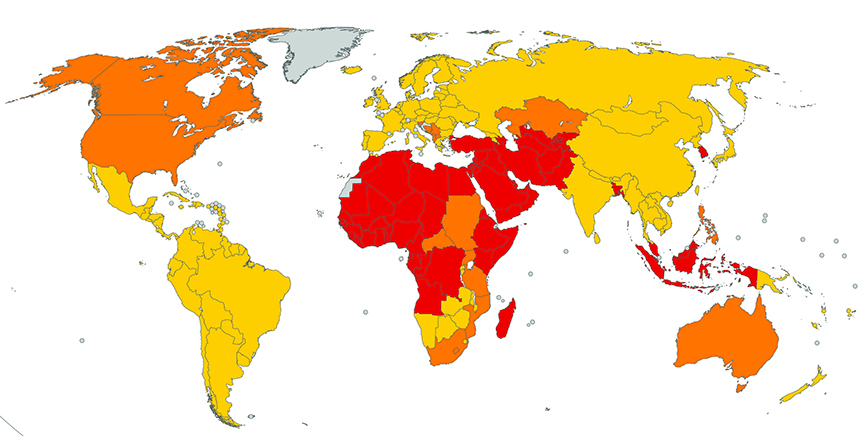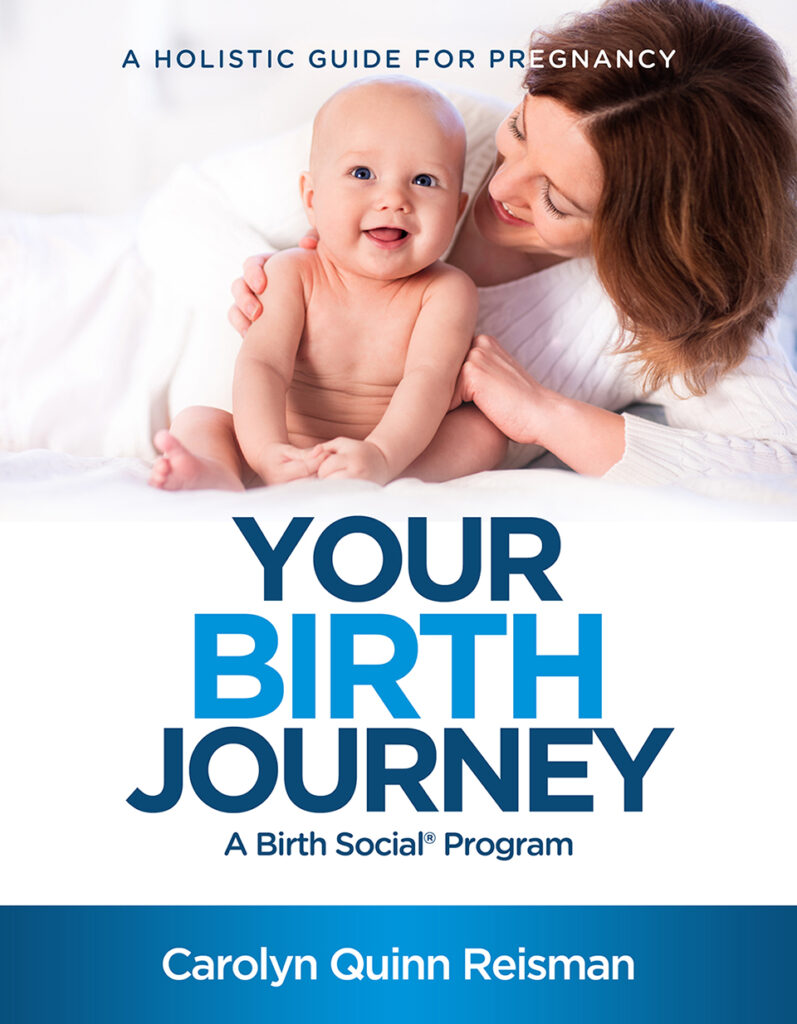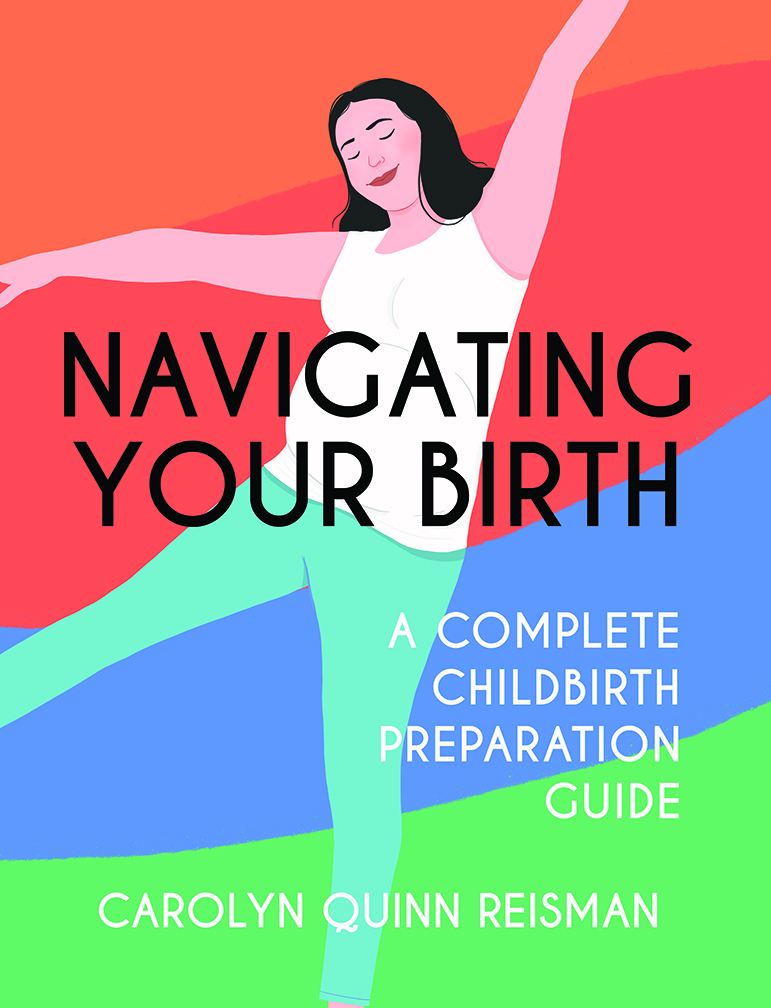Have you ever wondered why circumcision is a tradition in the United States, or how circumcision became so popular? Many parents across the nation have their sons partake in this common medical surgery without thinking twice about their decision. This is not the case in most of the world.
Position Statements Around the World
In Holland, the Royal Dutch Medical Association (KNMG) in 2010 published a seventeen-page position statement saying that the operation violates the human rights of the child.
The British Medical Association, the Danish Medical Association, and others all agree that the risks associated with this procedure do not outweigh the benefits of keeping a boy intact. Finland views circumcision as a violation of human rights and personal integrity, and a court ruled in Germany that circumcision does bodily harm.
The World Health Organization reports that most of Asia, Europe, Central America, and South America, circumcision is less common, with prevalence rates below 20%. Jewish and Muslim religious traditions account for the highest rates. It begs the question: Why is the United States is slow to catch on to such a basic human rights and health issue for babies?

Map of countries based on circumcision prevalence, based off a 2007 World Health Organization report
>80% prevalence
20-80% prevalence
<20% prevalence
No data
The Circumcision Debate
There is a tremendous amount of debate in the United States about circumcision. In other parts of the world, circumcision is more clear cut – don’t do it. Much of Europe, Asia, and South and Central America do not routinely circumcise, as they believe there is no medical reason, with many feeling it is a human rights violation.
Parents in the U.S. are given a much different picture of circumcision. Debate centers around pros and cons – not fundamental human rights. The lukewarm position of the American Academy of Pediatrics (AAP) lightly lends justification for parents making this important decision for their child:
“Although health benefits are not great enough to recommend routine circumcision for all male newborns, the benefits of circumcision are sufficient to justify access to this procedure for families choosing it.”
AAP
This laissez-faire attitude does one thing very well. It frames circumcision as a medically accepted pro or con. If you go down this rabbit hole, it will leave you with two choices: don’t circumcise, or circumcise because of unforeseen future medical events. It is easy to find justification. Just Google it.
You could also try changing your question.
Instead of looking up the pros and cons of circumcision, type in ‘circumcision is a human rights violation.’ You will have an abundance of reading material
If you frame the question of circumcision as a human rights violation, there is only one choice: don’t violate your child’s human rights by removing a part of their body.
A Matter of Fact and Human Rights
If you ask midwives what they think, you will get a huge variety of responses. Some will express their opposition to circumcision. Many will say they want to present medical evidence and do not want to be biased. Bias means a person prefers an idea or has a strong opinion in favor of one side or the other, without giving an equal chance to any opposing views. Facts that do not support a point of view are left out.
Science is based on facts, and facts are often mixed with opinion. Where we have controversial facts, this is often necessary. That’s because there is no definitive evidence on one side or the other. Evidence-based approaches aim at identifying the facts and their quality objectively. Such approaches aim at minimizing opinion.
When it comes to circumcision, there are many reasons to justify the pros and cons. However, there is no clear evidence for performing non-therapeutic circumcision. If there was, every medical association in the world would be in favor of circumcision. They are not. Thus, the lack of strong evidence for routine circumcision becomes a human rights issue.
Violation of newborn rights is being voiced by many people around the world, including men who were circumcised as infants – without their consent. These men are not discussing the ‘pros and cons’ of whether or not the circumcision saved them from getting penile cancer or urinary tract infections. They feel their human rights were violated – and they are hurt. I am listening.
Some men are seeking organizations and clinics dedicated to restoring an adult male’s foreskin. They want to feel whole, physically, and emotionally. Compare that scenario with men who choose to be circumcised as adults. The clear winners are those who can make an informed, adult choice.
In the eighteen short years that you are in charge of your son’s health, what is the most important decision you can make when it comes to his genitals? Leave him alone, or make that decision for him, without his consent?
Do Your Research
Again, you have the responsibility of learning everything possible about any procedure, including circumcision. Take time to research and discuss this important topic with your partner, specialist, and provider.
If you decide to circumcise, you will need to find an obstetrician, pediatrician, or urologist to per form this procedure. You will also want to consider vitamin the K injection for your baby, as it assists with blood clotting.
Blank, Susan, et al. Circumcision Policy Statement. AAP American Academy of Pediatrics, Volume 130, Issue 3, 2012, September.
Carpenter, Laura M. On remedicalisation: male circumcision in the United States and Great Britain. Wiley Online Library, 2012, May 20.
Circumcision is not primarily a medical question: Circumcision debate must be reframed as a human rights issue. Circumcision Information (Circnfo) Australia, accessed 2024.
Cohen, Jonathan D. Male circumcision in the United States: The History, an analysis of the discourse, and a philosophical interpretation. DePaul College of Liberal Arts & Social Sciences Theses and Dissertations, 2011.
Collier, Roger. Circumcision indecision: The ongoing saga of the world’s most popular surgery. Canadian Medical Association Journal, 2011, November 22.
Collier, Roger. Whole again: the practice of foreskin restoration. National Institute of Health, National Library of Medicine, CMAJ, 2011, December 13.
“Danish Doctors Call circumcision Mutilation.” Attorneys for the Rights of the Child (ARC), 2014, January 21.
KNMG-viewpoint-Non-therapeutic-circumcision-of-male-minors. Koninklijke Nederlandsche Maatschappij tot bevordering der Geneeskunst, Adopted by the Board of the Federation and effective as from 27 May 2010.
Mahon, Claire and Alexandra Phelan. Infant male circumcision: stop violating boys’ human rights. The Conversation, 2012, August 8.
Morris, Brian J., et al. Circumcision Rates in the United States: Rising or Falling? What Effect Might the New Affirmative Pediatric Policy Statement Have? National Institute of Health, National Library of Medicine, Mayo Clinic, May 2014
Morris, Brian J., et al. The 2010 Royal Australasian College of Physicians’ policy statement ‘Circumcision of infant males’ is not evidence based. Wiley Online Library, Internal Medical Journal, 2012, July 18.
Neonatal and child male circumcision: a global review. World Health Organization, 2007.
“Non-medical Male Circumcision.” Finnish Institute for Health and Welfare, 2023.
Non-therapeutic male circumcision (NTMC) of children – practical guidance for doctors. British Medical Association, 2020, December.
Scurr, Martin. Circumcision and Human Rights. Doctors Opposing Circumcision, 2016, May.
Svoboda, Steven J. Circumcision of male infants as a human rights violation. National Institute of Health, National Library of Medicine, J Med Ethics, 2013 Jul;39(7):469-74.
Svoboda, Steven J. Nontherapeutic Circumcision of Minors as an Ethically Problematic Form of Iatrogenic Injury. AMA Journal of Medical Ethics, August 2017.















